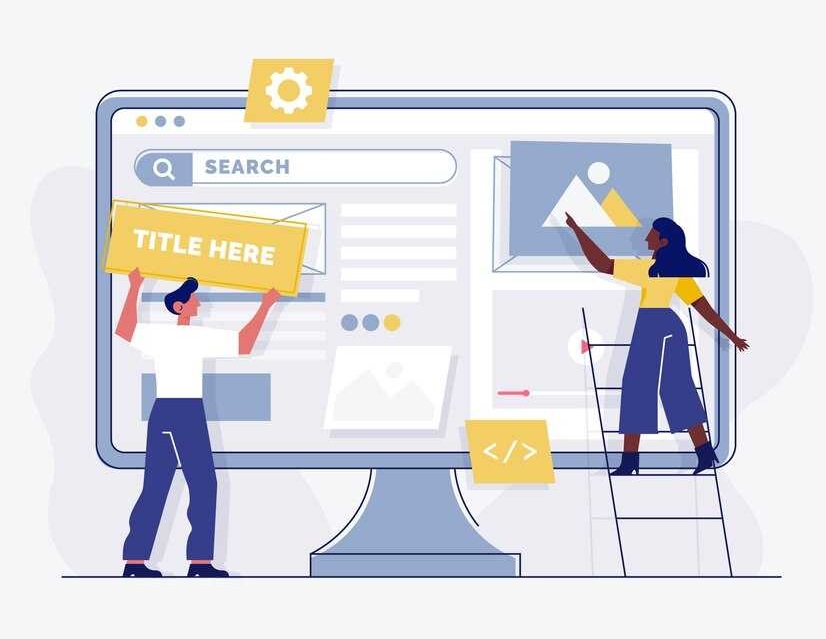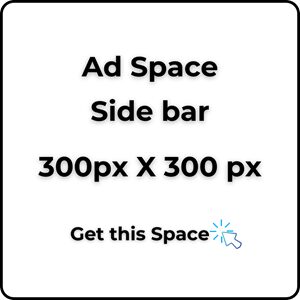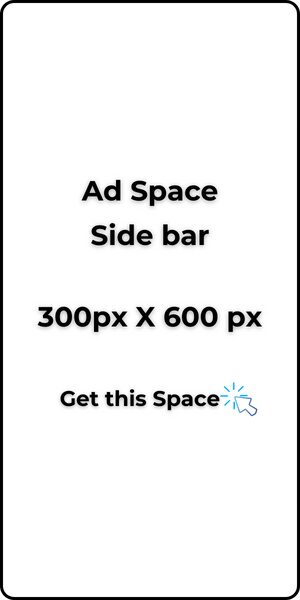Here are things to set up WordPress as your CMS.
- On the dashboard, close the Welcome message and any other thing you do not wish to see on your Dashboard. Click on the Screen Options to do that. Note that what you will see on the Screen Options is different for every tab you click on.
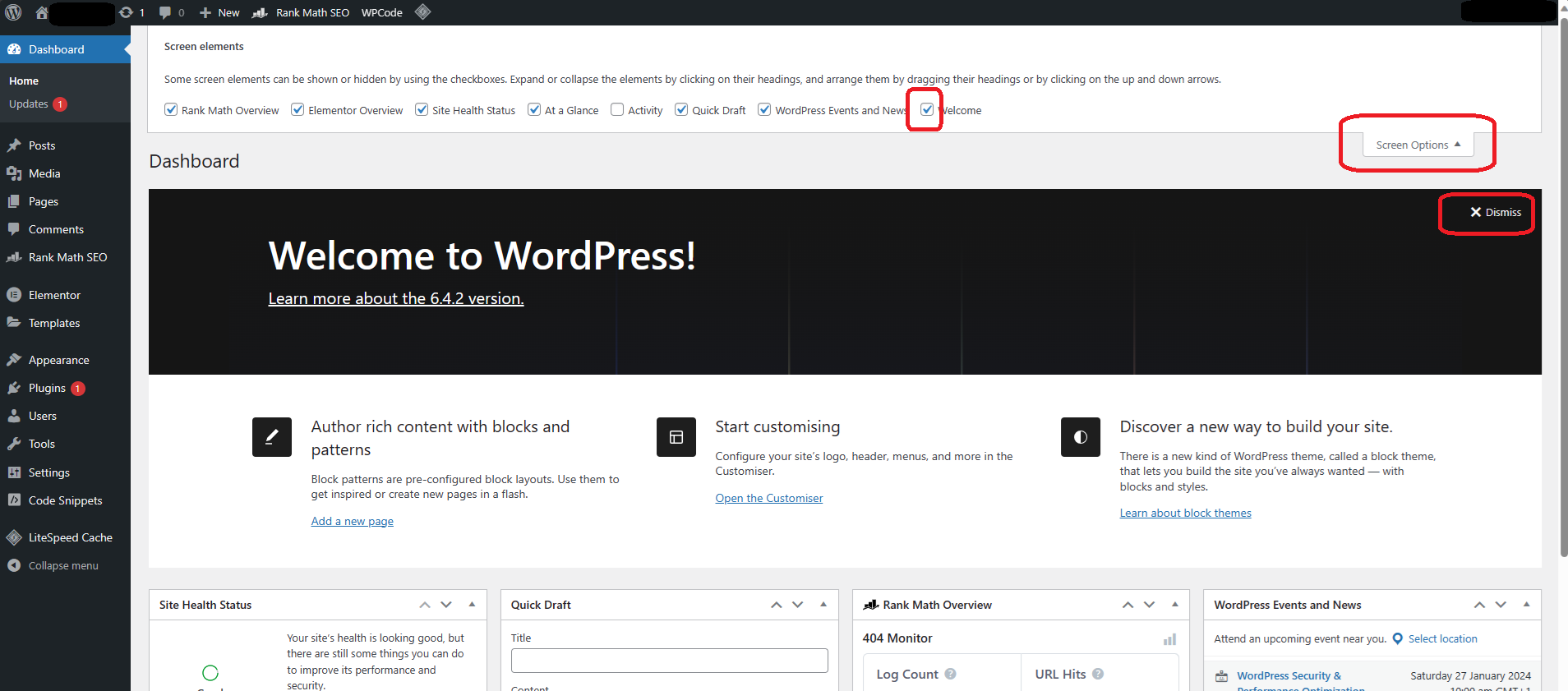
2. Go to Posts → All Posts. Delete the default post there. Ensure to delete it permanently from the Bin. This will automatically delete the default comment on it too.
3. Select Categories. Edit the default category to what you want.
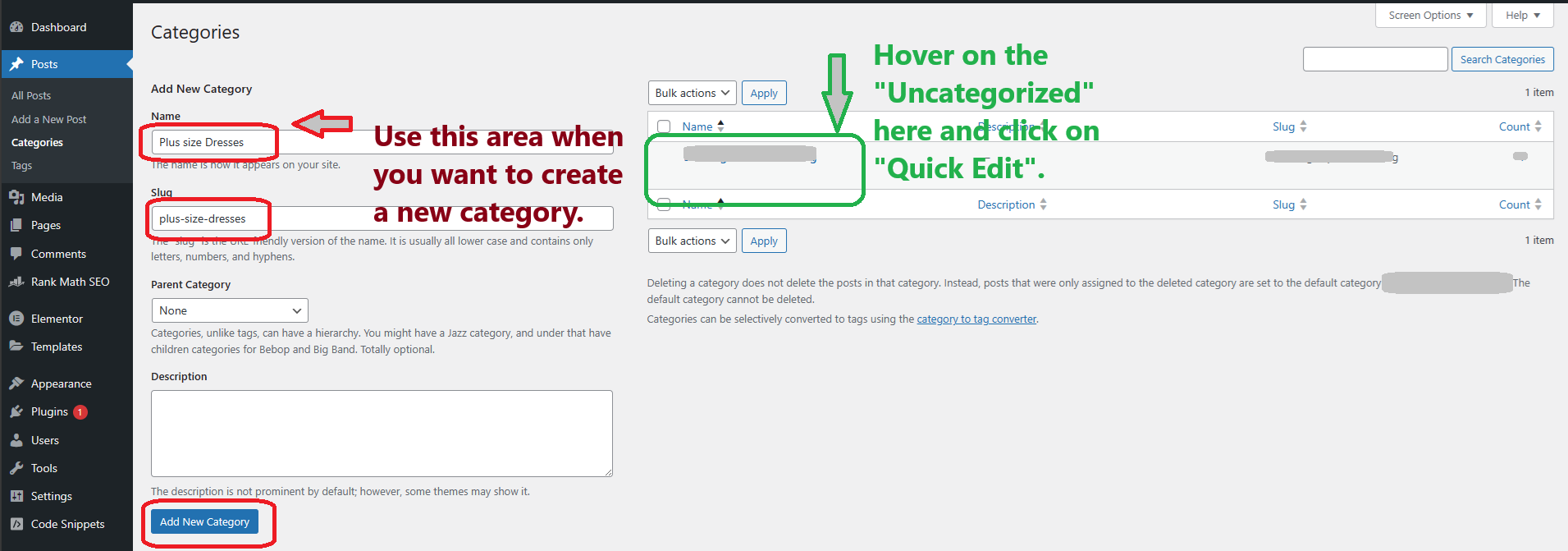
At the beginning stage, use only one category. The reason is that, if you have multiple categories, you will need to populate each category with a minimum of 15 – 25 quality posts with a minimum of 800 words, before you can apply for a third-party ad agency. Otherwise, an ad agency like AdSense will consider your blog to still be under construction.
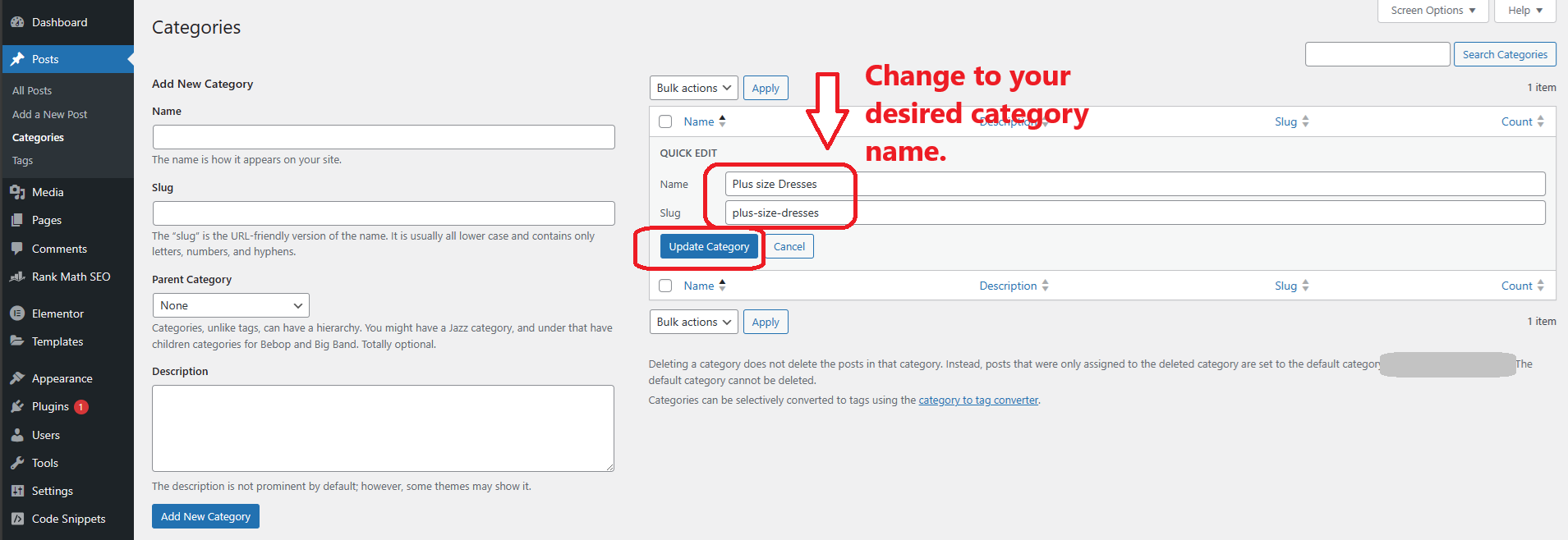
4. Select “Tags“. Create as many tags as you want to group your posts with. Use the same method for creating a new Category.
5. Select “Media“. Delete default images here. You can add new images immediately using the “Add New” button or when you are creating blog posts and pages.
6. Select “Pages“. Delete all default pages here. Remember to delete them permanently from the Bin. We will set up the pages we need later in subsequent posts.
7. Select “Users“. Here you can see yourself as the blog Administrator. Click on “Profile” to edit your profile.
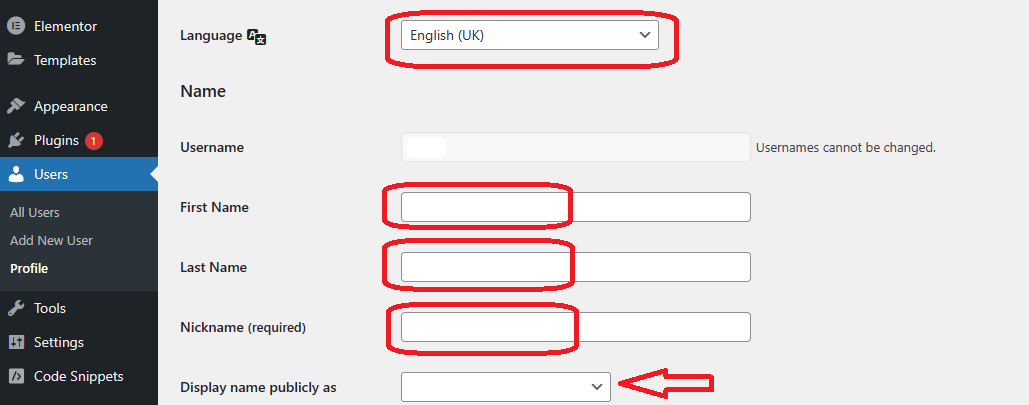
Change the Language to your preferred language. Add your First, Last, and Nickname. Choose the name you want to be displayed publicly. Remember that the name to be displayed publicly should NOT be the name in your username.
Add a short biography about yourself. You can add a Profile picture but you will need to create an account on Gravatar to do that.
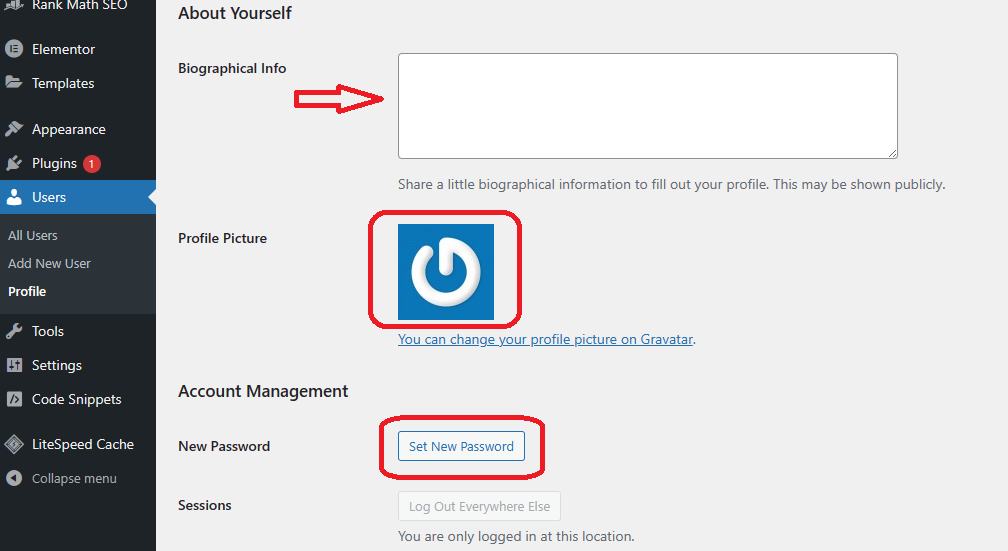
You can reset your password and remember to update the place you wrote it out on. Also, you can log out any other person who has access using your login details, for example, your developer.
When you are done, scroll to the bottom to “Update Profile“.
You can “Add New User” to add other people or writers to your blog. Please do not give another user the role of Administrator on your blog. They can kick you out easily. For a writer, you can give the role of an “Author”. For one who edits posts on your blog, you can give the role of an “Editor”.
8. Select “Settings“.
- On the General tab, change your Time zone, date, and time format to the way you like it. Click “Save changes” to save.
- On the Reading tab, switch from the latest posts to a static page. Select the page to display for the homepage (You may not be able to do this since you deleted the default pages, but remember to come back here to reset it). Do the same for the Post page (this applies if you are not using your home page as your blog page). Choose the number of posts to display. Click “Save changes” to save.
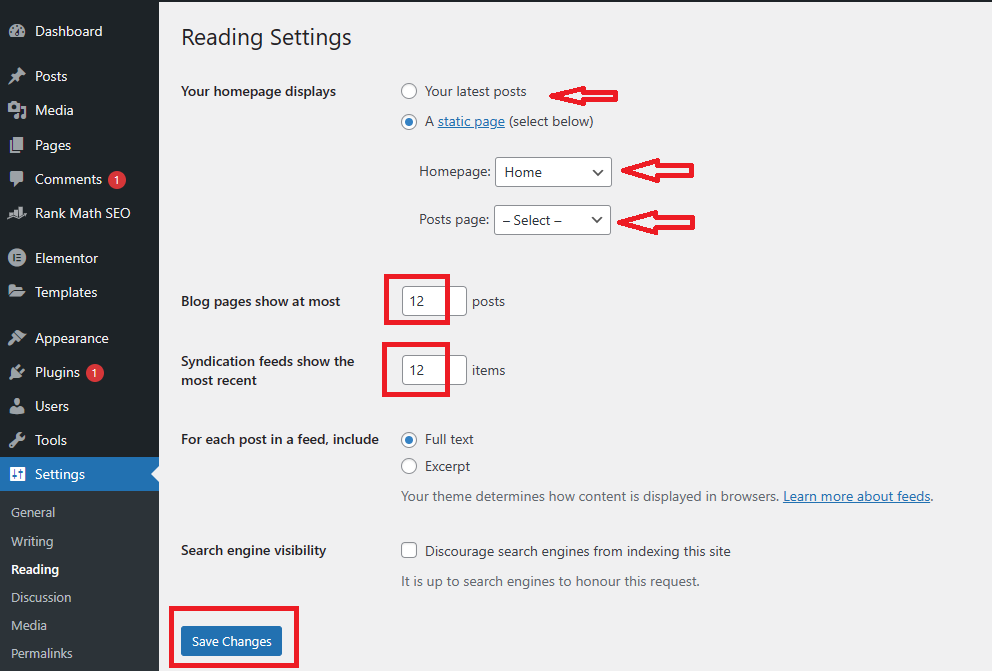
- On the Discussion tab, follow the settings as shown in the image below or as required for your blog.
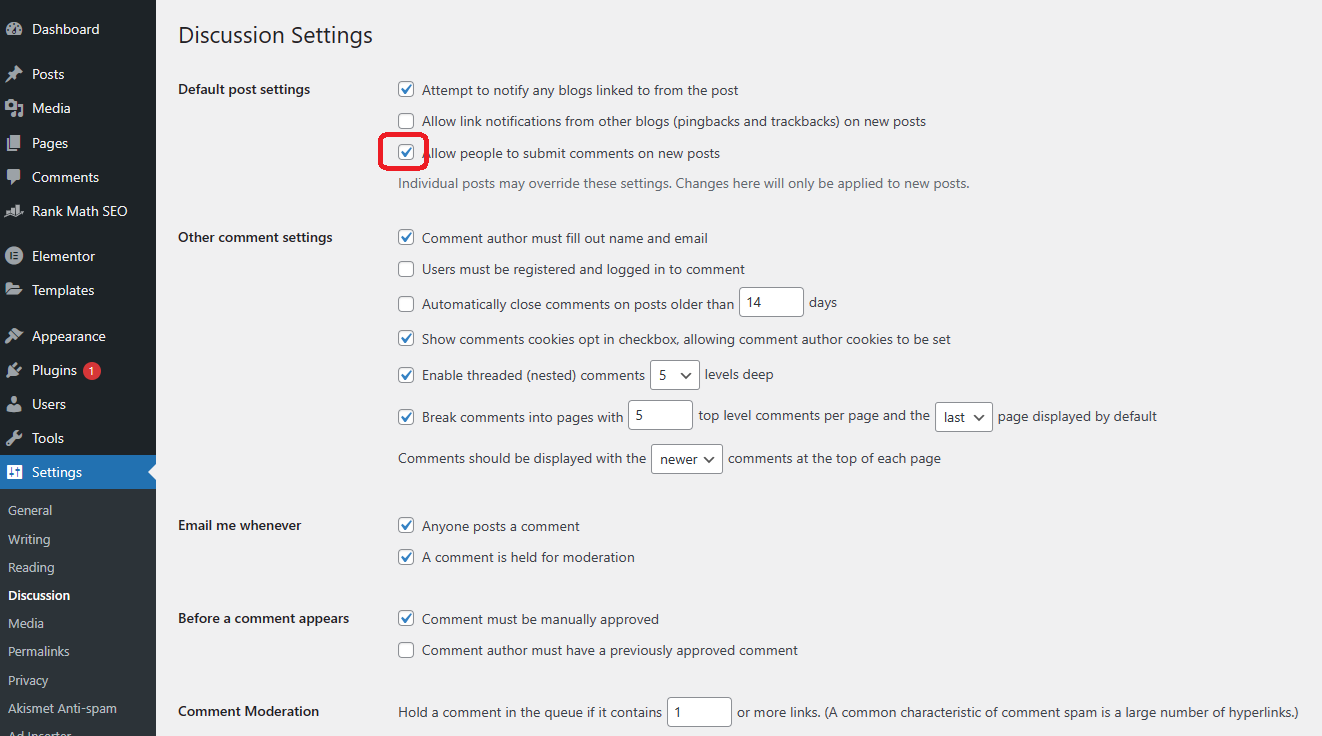
If you do not want comments on your blog, you can uncheck the “allow comment” as shown above. Adjust the settings shown below as required for your blog.
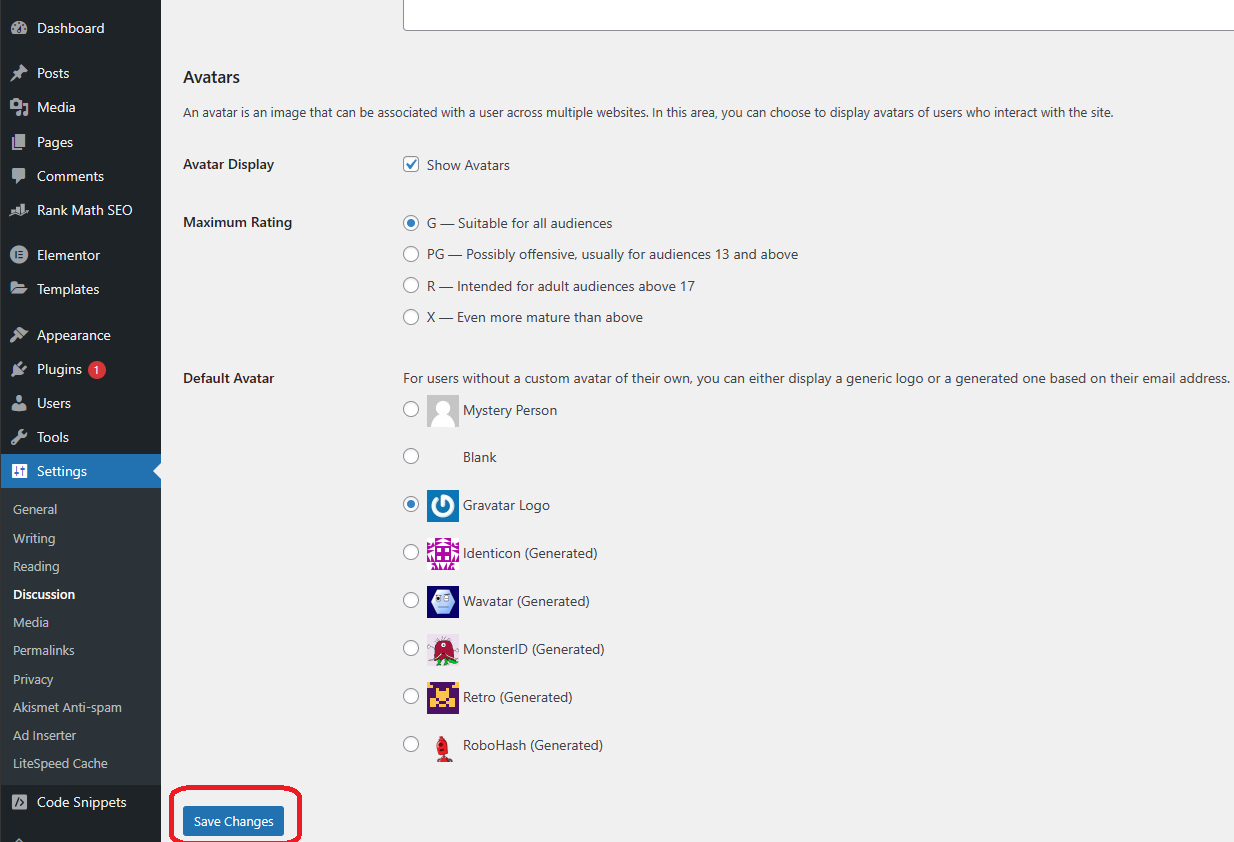
Click “Save changes” to save.
- For the Media, follow the settings in the image below. Save changes when done.
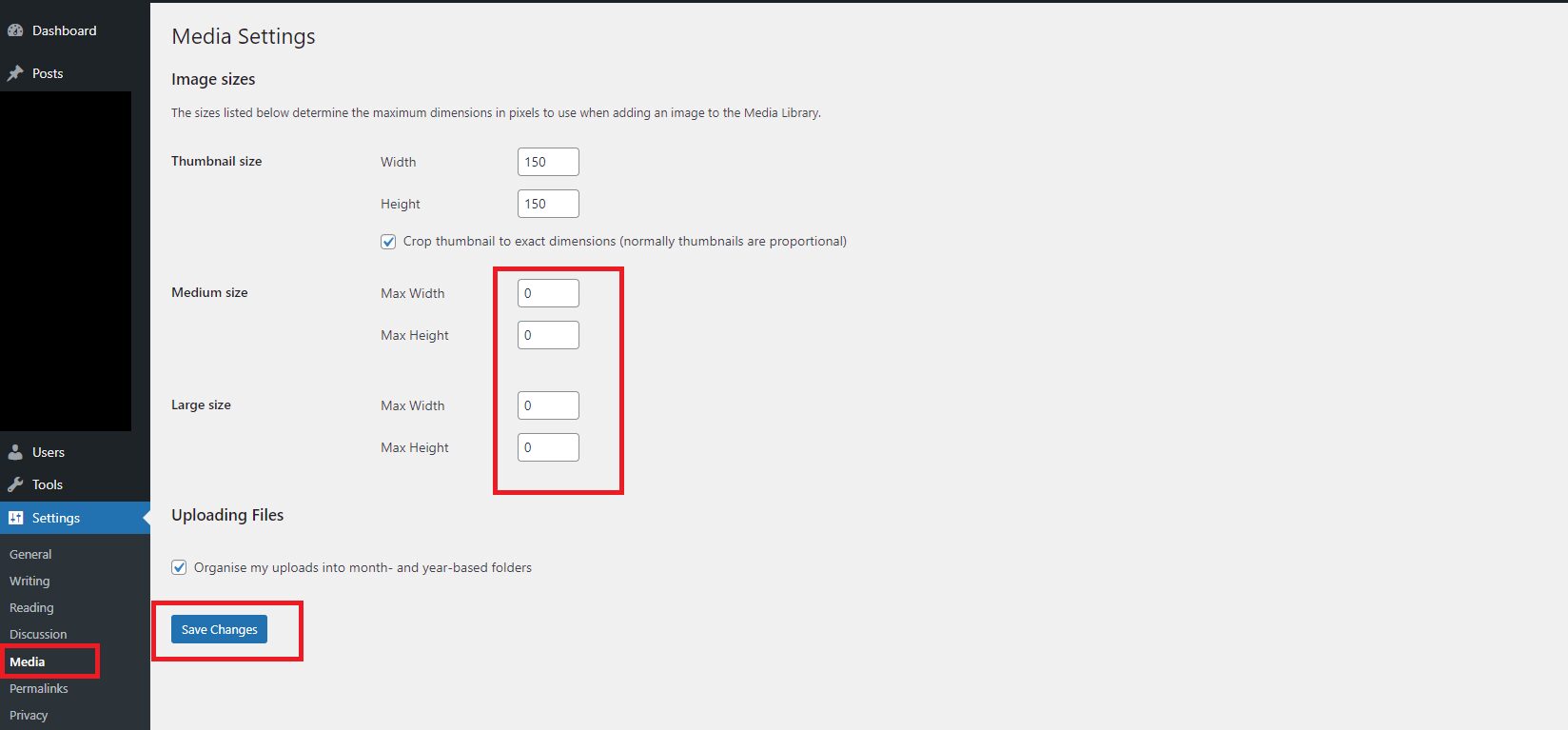
- On the Permalinks tab, this is a crucial setting, one that will not be changed ever again as soon as you start publishing posts. The best setting for your permalink structure is the Post name.
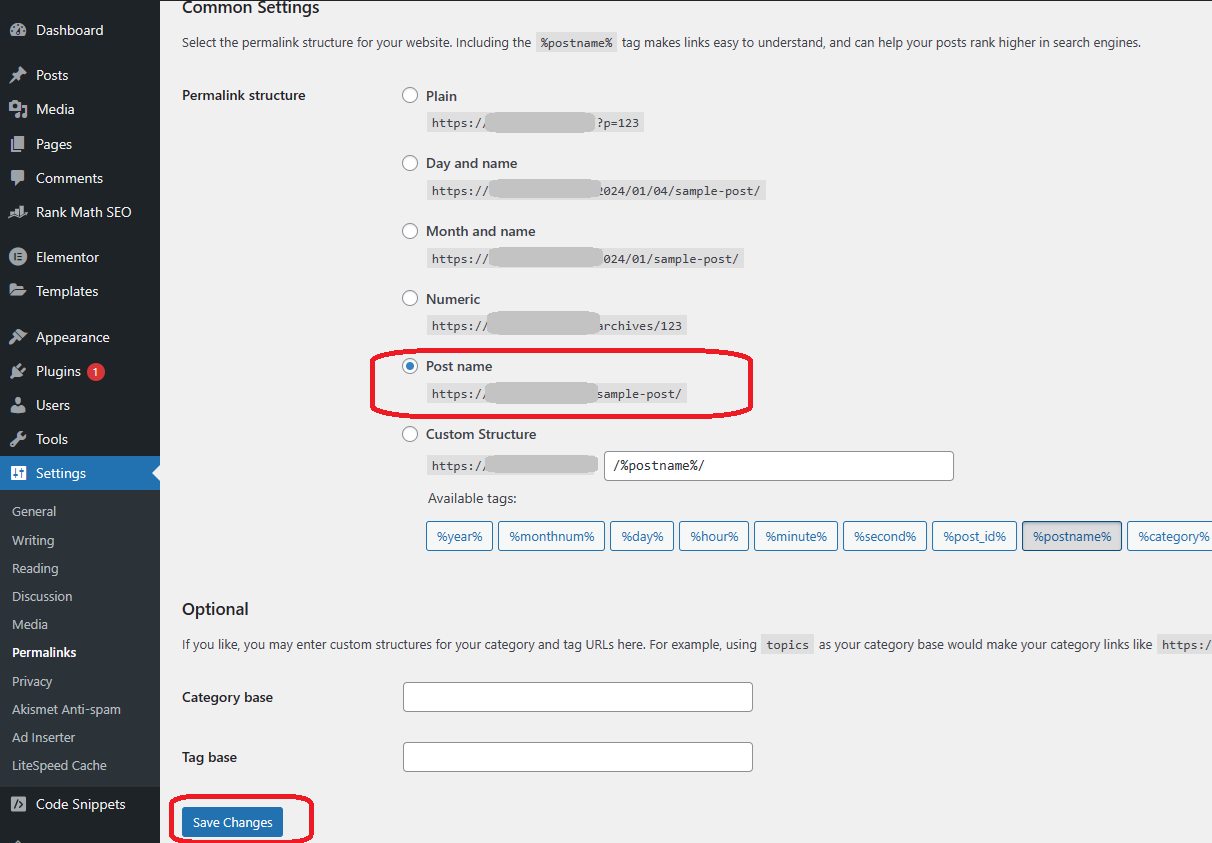
Click “Save changes” to save.
You have successfully completed your WordPress admin settings. Other required settings will come with subsequent posts.
***
Now that you know how to set up WordPress admin, let’s go to the next steps.
Step 8: Install Your Blog Theme.
Step 9: Add Relevant Plugins.
Step 10: Setting up Required Pages on Your WordPress Blog.
***
Happy blogging…


